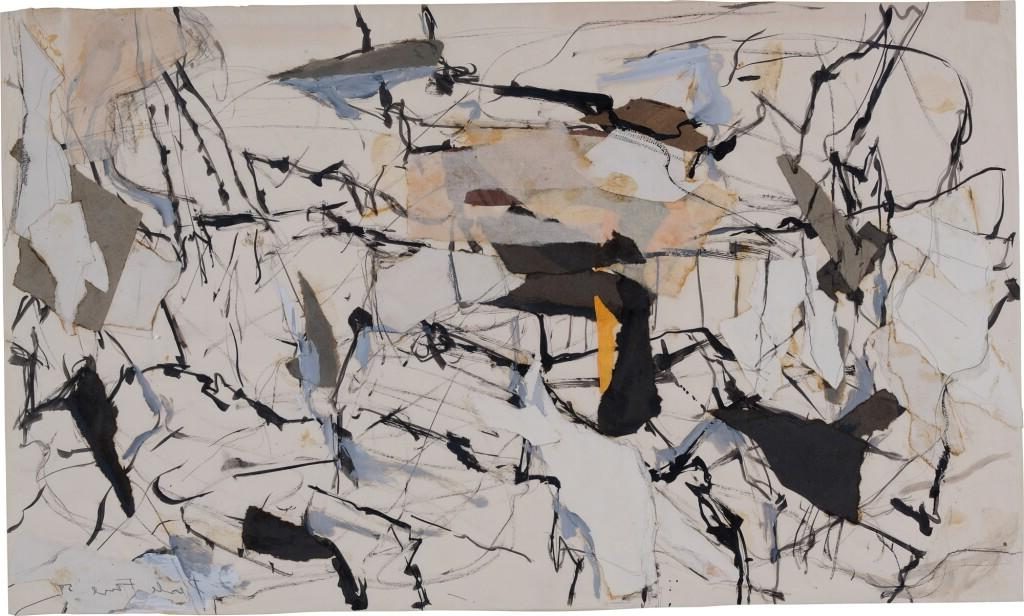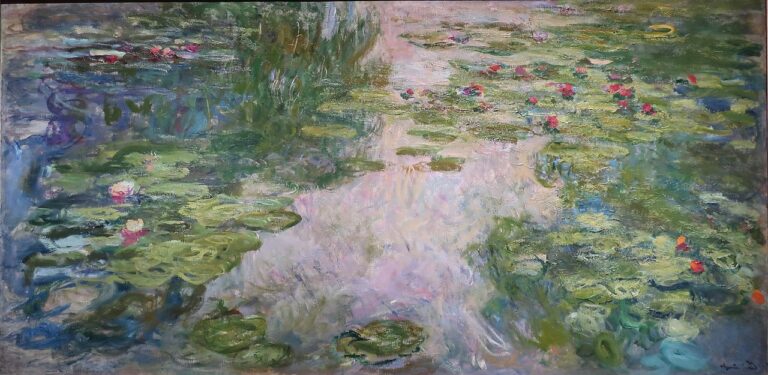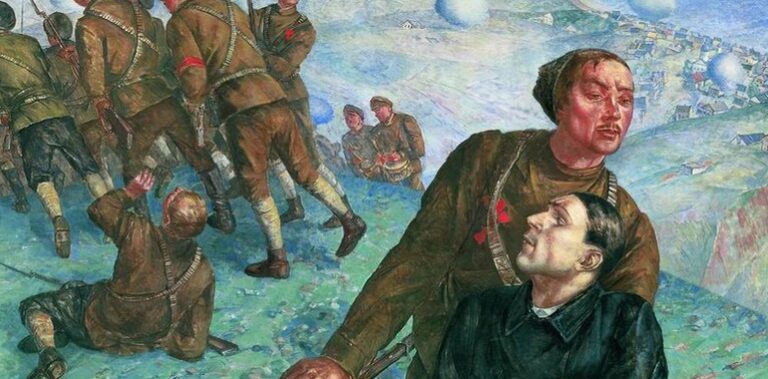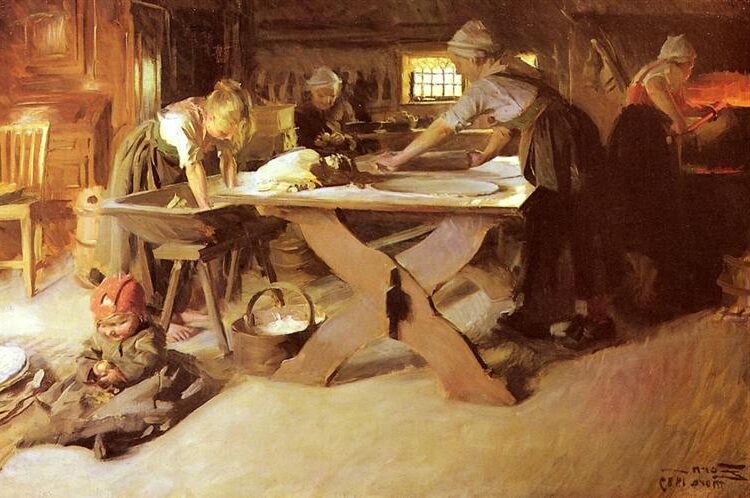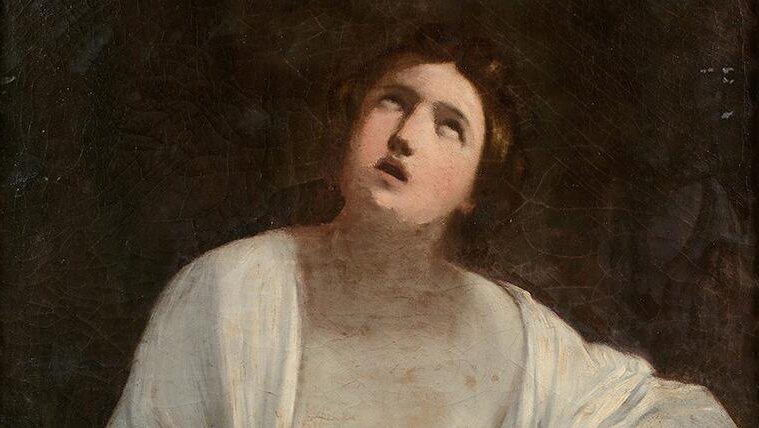Perle Fine: Abstract Expressionist Pioneer Rediscovered
Born: 1905 Boston, Massachusetts
Death: 1988, East Hampton, New York
Art Movement: Abstract Expressionist
Nationality: American
Influenced by: Hans Hofmann and Kimon Nicolaides
Institution: Art Students League, New York City & Hofstra University
Perle Fine: Abstract Expressionist Pioneer Rediscovered
Early Life and Education
Perle Fine was a Boston native born in 1905. As a teenager, she moved to New York to pursue her love of art.
She was trained by renowned institutions and instructors. These experiences influenced her artistic development.
Art Students League and Hofstra University
Fine studied at Art Students League, New York City. She learned from Kimon Nicolaides, a well-respected teacher who is known for his innovative methods of drawing. Fine’s early style was influenced by his approach.
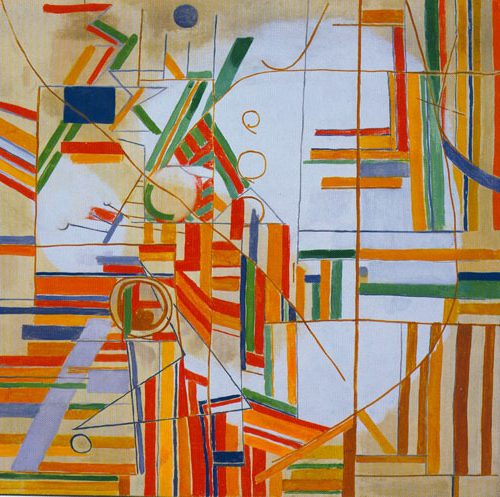
Ideomorphic Composition #1 (1942) by Perle Fine
Fine attended Hofstra University. She expanded her art history and technique knowledge at Hofstra. Her education laid a solid foundation for her future as an abstract expressionist painter.
Influences from Hans Hofmann and Kimon Nicolaides
Hans Hofmann was a German-American painter and teacher who had a major influence on Fine’s art. Her abstract style was influenced by his ideas on color and composition.
Fine development was largely influenced by Kimon Nicolaides’s book “The Natural Way to Draw”. It stressed the importance to practice and observe carefully.
These teachers helped Fine form her unique artistic voice. She combined her ideas with their lessons to create her unique abstract paintings.
Career and Artistic Development
Perle Fine had a career that spanned five decades. She made important contributions to abstract painting during this period.
Integration in the New York School
Fine immersed in New York’s art scene during the 1930s & 1940s. Fine’s talent, dedication and hard work quickly placed her among the artistic elite of the city.


She was the first woman to join The Club, a crucial gathering place for artists.
Fine’s art caught the eye of other notable artists. She made connections with Lee Krasner Jackson Pollock and Willem de Kooning. These connections helped her develop a unique artistic style and vision.
Involvement in the Abstract Expressionist Movement
Fine, as an Abstract Expressionist explored emotion through non-representational form. She was a member of the American Abstract Artists, a group that promoted abstract art throughout the United States.
Fine’s unique style set her apart. She never borrowed techniques from other artists and always strove for originality. Her commitment to innovation has kept her work engaging and fresh throughout her career.
Her paintings are often characterized by vibrant colors and dynamic compositions. Fine’s work shows the influences of Piet Mondrian and other early abstractists.
Exhibitions and Recognition
Fine first began exhibiting her work regularly in 1943 and participated in one of the most notable Abstract Expressionism exhibitions – The Ninth Street Show. This showcase helped cement Fine’s place within Abstract Expressionism and helped further cement her place within it.

Pure Myth (1949) by Perle Fine
Fine’s talent was recognized by major museums. Her works were featured at both The Met Museum of Modern Art and The Metropolitan Museum of Art; additionally she received a Guggenheim Foundation Grant to further her artistic goals.
Fine’s reputation gradually diminished over time despite her contributions, while many of her male peers received greater acknowledgement.
Evolution of Style and Method
Style and Methodevolution Fine’s art has transformed over her career. At first she found inspiration in biomorphic forms; later on, she explored geometric abstraction.

Striate Red (ca. 1965) by Perle Fine
Fine used precise lines and forms in her later works, experimenting with various materials and techniques – often collage and mixed media pieces – to add texture and depth.
Fine’s dedication to abstraction was undying; she continued incorporating new ideas and pushing boundaries until her death, in 1988.
Legacy and Influence
Perle Fine has left an indelible mark on abstract painting. Her work continues today to inspire artists and capture audiences.
Perle Fine’s Impact on Future Generations
Fine’s use of bold color and form has influenced a lot of artists. Her work bridged a gap between geometric abstraction and abstract expressionism. Later artists were inspired by her unique style to create abstract art in new ways.
Fine’s commitment to her craft was an inspiration for other female artists. She proved that women can succeed in the male dominated art world of 1950s. Her persistence opened doors for women to pursue careers in the arts.
Collections and Permanent Exhibitions
Fine’s work can be found in many major museums throughout the United States. Her work is displayed at the Whitney Museum of American Art as well as the Metropolitan Museum of Art. Fine’s work is also displayed at the National Gallery of Art, Washington, D.C.
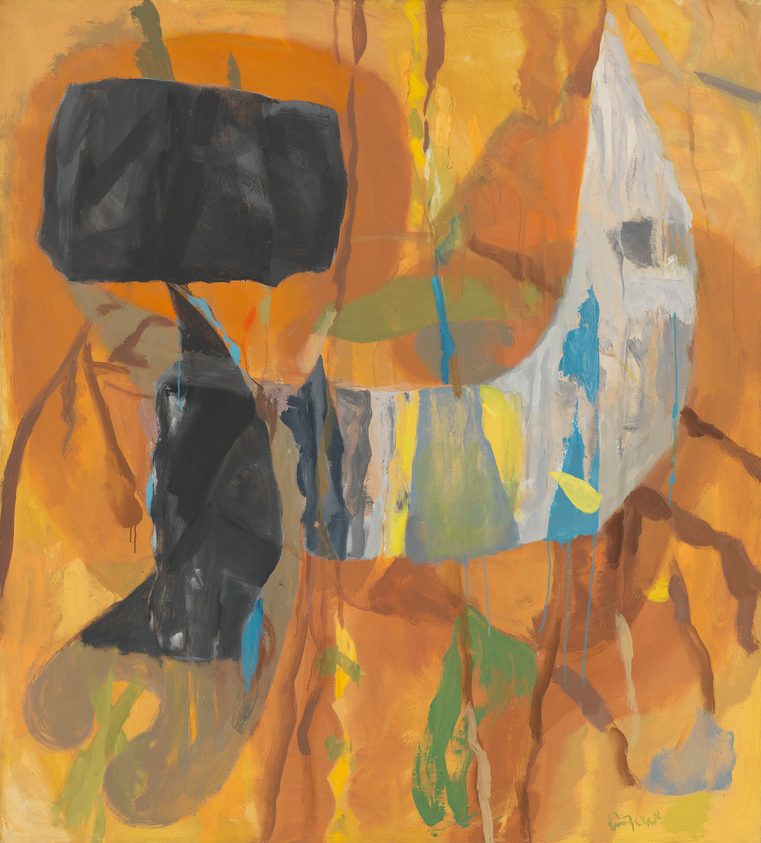

During her lifetime, several galleries held solo shows featuring Fine’s artwork. The Willard Gallery in New York and Betty Parsons Gallery featured her work. These exhibitions cemented Fine’s position in art history.
Fine’s work is still on display in museums and art galleries. Her art continues to draw new collectors and fans. Fine’s legacy will continue to live on as a result of this ongoing interest.
Frequently Asked Questions
Perle Fine contributed significantly to Abstract Expressionism. Her work developed over time, and her teacher Hans Hofmann was an influence. Fine was a prominent figure in the New York arts scene. Her paintings are in many museums.
What are the most notable contributions of Perle Fine to the Abstract Expressionism movement?
Perle Fine gave Abstract Expressionism a distinctive style. She combined fluid brushwork and geometric shapes. Her use of colors was also noteworthy, creating emotional impact in the paintings.
Fine’s paintings helped to expand the idea of abstraction in art. Fine pushed boundaries in her work by mixing abstract styles.
How did Perle Fine’s early work evolve into her mature style?
Early work by Fine was more traditional. She began to move away from traditional painting and toward pure abstraction. Her paintings became more abstract and focused on color and shape.
Fine’s signature style was developed in the 1940s & 1950s. It included organic shapes and layered paint mixed with geometric elements.
Can you describe the influence of Hans Hofmann on Perle Fine’s artistic development?
Hans Hofmann, Fine’s art teacher, had a major impact on her work. He taught her color theory and composition abstract. Hofmann’s ideas on pushing and pulling space within paintings influenced Fine.
Hofmann taught Fine how to add depth and movement to her abstract paintings. Her approach to color, form and composition was influenced by his teachings.
What was Perle Fine’s role in the development of the New York School?
Perle Fine was a prominent member of New York’s art scene during the 1950s. She was the first woman to join The Club – an important grouping of New York artists. Fine was a regular exhibitor of her work and part of the Abstract Expressionist Movement.
Her presence helped pave a way for other female artists to join the male-dominated New York School.
Which museums or galleries feature Perle Fine’s work in their collections?
Perle Fine’s work can be found at several major museums. Some of her paintings are in the collection of the Metropolitan Museum of Art, New York. Fine’s work is also in the Whitney Museum of American Art.
The Guggenheim Museum in Washington D.C. and the National Gallery of Art are two other museums that have Fine’s work.
How has Perle Fine’s work been received by critics and art historians?
During her lifetime, critics praised Fine’s color and composition. Art historians consider her a key figure in Abstract Expressionism. Many experts believe that her work was ignored for years due to the fact that she was female.
Recent exhibitions have re-ignited interest in Fine’s work. She is now regarded by many as one of the key artists of the New York School.

